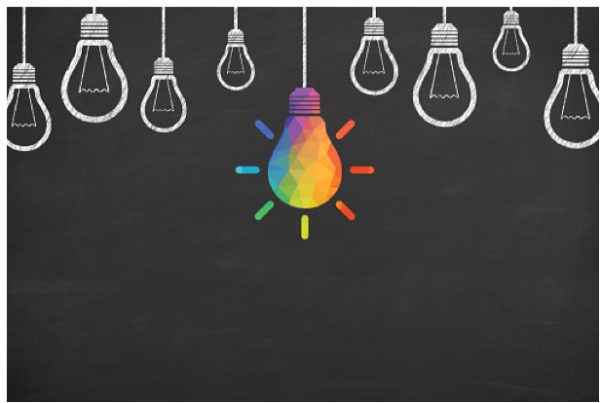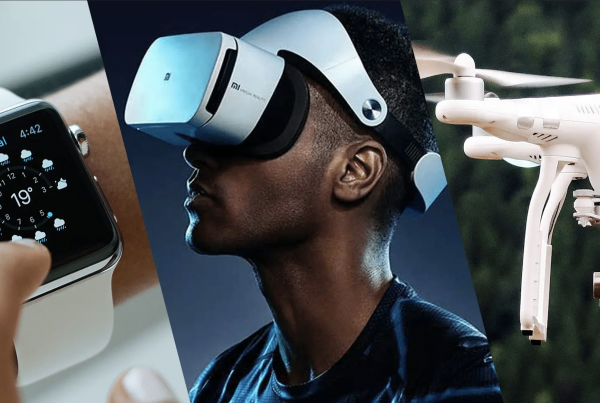First of all: why should you take this course, that sounds more like science fiction than of concrete value for your life today? Well, the short answer is that thinking about the future allows us to imagine what kind of future we want to live in and how we can get there – and that’s what we all need to develop and grow successfully in these rapidly changing times.
Christian Kuhna
Founder and CEO,
Urban Society Design Consultancy (USDC)
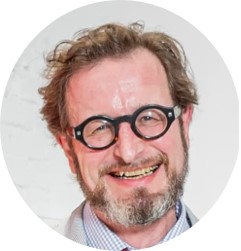
Think Like A Futurist
A post-graduate course taught by Christian Kuhna at Nagaoka University of Technology in 15 lessons/90 min each from April -Aug 2021.
Our world is continuously changing and evolving – and this at a rapidly increasing and breathtaking speed. The recent pandemic COVID-19 has accelerated a lot of the existing trends, and it has already changed the world in a lot of ways that seemed hard to believe – even 9 months ago.
With these changes in digitalization or how we work, for example, it’s more important than ever to develop a future-focused mindset and learn about how to interpret evolving trends and technologies to predict the future. Learning how to think like a futurist by developing a futurist mindset, you can help increase your personal and business resilience, adaptability, and success.
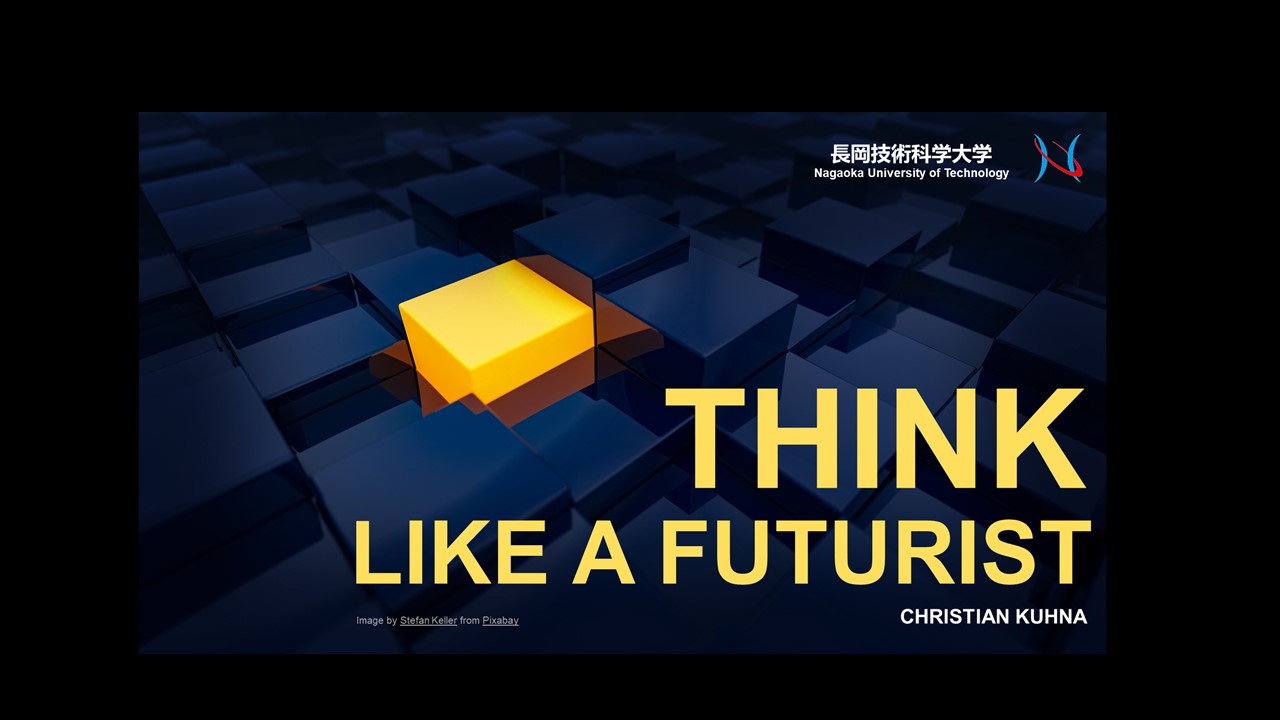
How do you start to think like a futurist?
In history, there have always been visionaries who imagined and shaped the future, mostly decades or even centuries before their visions came to life. Think about the visionary designs of Leonardo Da Vinci on flying machines, tanks, machine guns, diving suits – and even a humanoid robot – which he drew up in the late 15th/early 16th century, and which were only realized five hundred years after his death.
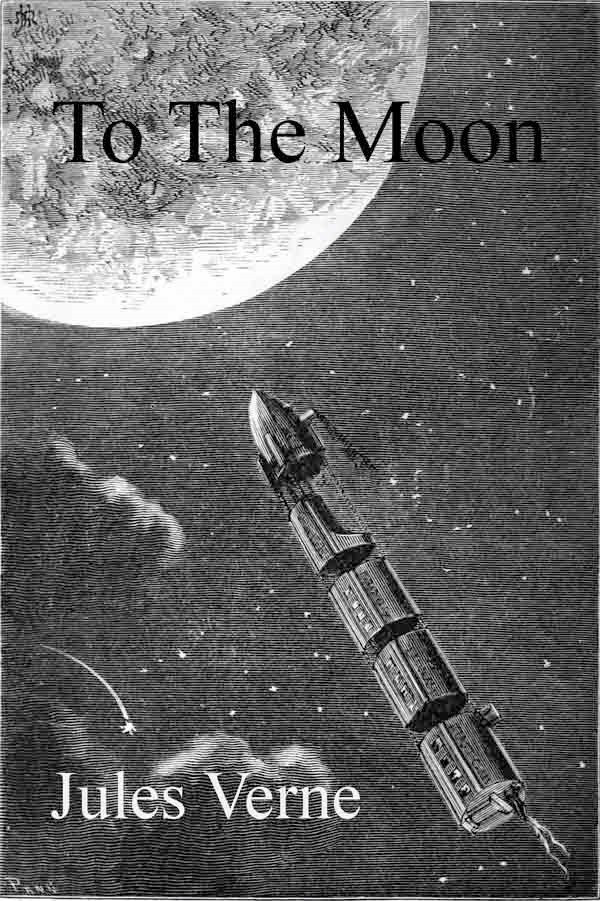
Jules Verne’s From the Earth to the Moon. Image via Hulton Archive/Getty Images
Think of the novels of Jules Verne, like “From Earth to the Moon”, published in 1865, where he accurately described man’s journey to the moon, 104 years before man actually set foot on the moon in 1969.
Or Think of the visions of Bill Gates, Steve Allen and Steve Jobs, to put a usable personal computer in every home – and in every pocket, or of Elon Musk, driving an electrical mobility transformation and enabling civilian space travel.
What set these people apart from others and made them see, predict and shape the future?
Starting point is to reflect upon those futurists and the qualities and practices required to be and act as a “futurist”. With a simple informal assessment, the students will self-evaluate their qualities, as well as develop a toolkit to practically apply what they learnt.
Professor Jane McGonigal, who teaches futurism at Stanford, says “To create something new or to make a change in your own life, you first have to be able to imagine things different. And the future is a place where everything can be different.”
In this experiential class, I would like to take you on a journey of discovery and exploration, to help you develop the mindset to think – and the methodology to act – like a futurist. The goal is to help you shift your thinking, which will give you a level of preparedness for any changes in your business and personal life going forward. It’s not about thinking outside of the box – it’s more about thinking as if there is no box!
"
To create something new or to make a change in your own life, you first have to be able to imagine things different. And the future is a place where everything can be different.
Professor Jane McGonigal
Futurism Professor at Stanford University Continuing Studies
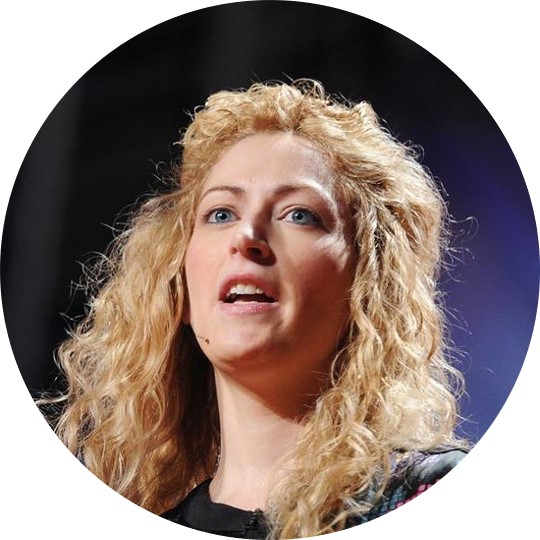
Design Thinking and Speculative Design
You will learn about Design Thinking, and, more specifically, about the methodology of Speculative Design, which is all about differentiating between possible, improbable, probable and plausible futures – to then imagine and design models of a preferable future – shaping the future we actually want to live in.
Future Thinking is also about seeing new possibilities. We will explore how to imagine and transform how we think, creating a map to the future and looking for the big areas of opportunity, and how they are interconnected, dependent on each other and influence each other.
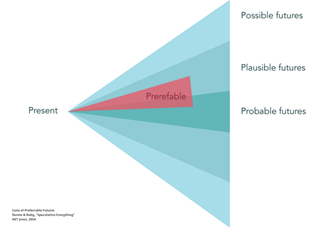
Speculative Everything by Dunne and Raby.
MIT Press 2004.
This includes counterfactual thinking by imagining how the past could have turned out differently and what that would have meant for the future, developing alternative “what if” scenarios.
Recognize and interpret early signals
We will learn how to recognize and interpret early signals that give an indication of a developing future – distinguishing between fads and solid future trends. The signals are there, it’s only a question of recognizing the right signals, interpreting them correctly, and then putting them into context.
As science fiction writer William Gibson famously said, “The future is already here, it’s just not very evenly distributed.” It’s a lot about learning to ask the right questions, which we will explore and practice together.
"
The future is already here, it's just not very evenly distributed.
William Gibson
American-Canadian Fiction Writer
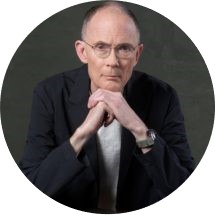
Predict the past – Remember the Future
Going back in history is a very helpful step, by looking back to see forward. I personally haven’t met a good futurist who is not also a passionate historian. By practicing exercises like ‘predicting the past’, looking back and developing alternative scenarios, or ‘Remembering the Future’, where we envision a distant future and then analyze backwards.
Analyzing how visionary thought leaders thought and think, from Leonardo Da Vinci, Jules Verne, over Bill Gates and Steve Jobs, to Elon Musk and Ray Kurzweil, and many others, we will identify repeating patterns in history and learn what can they tell us – and how we can start thinking more like them. How do we uncover these patterns and put them into the context of today and tomorrow?
Identify and amplify trends – Transgenerational and Thelos Thinking

Virtual Reality. Image via Getty Images
And finally, we will also explore technological, societal and organizational trends and amplify them, like digitalization, AI, and robots. We will do that by applying the process of ‘Telos Thinking, looking at the impact and the ultimate purpose of transformation.
We will learn to always ask “why?” and “to what end” do these changes happen. What comes after we have solved an issue and what is the larger impact on other fields and on society?
And how do we develop and communicate our vision? As physicist and philosopher Thomas Kuhn said, “People don’t shift unless they have a vision of what it is they’re shifting to,” like, for example, Martin Luther King did when he famously stated “I Have a Dream…”.
Depending on the number of students, we would also develop a project on a specific, real-life area which would be shown as a ‘grand finale’ at the end of the course, in form of a virtual gallery walk of the student’s reimagined new world.
"
For a bunch of hairless apes, we've actually managed to invent some pretty incredible things.
Ernest Cline
Ready Player One
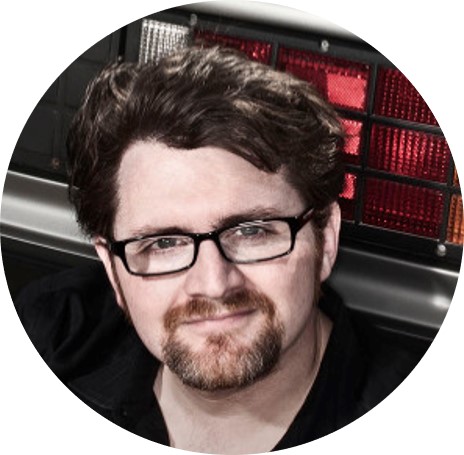
Marina Gorbis from the Institute from the future said: “At its best, futures thinking is not about predicting the future; rather, it is about engaging people in thinking deeply about complex issues, imagining new possibilities, connecting signals into larger patterns, connecting the past with the present and the future, and making better choices today.”
About Christian Kuhna
Christian Kuhna is the founder and CEO of USDC, Urban Society Design Consultancy, Shanghai, China, a consultancy that helps change society through human-centered design, Design Thinking/Service Design, Speculative Design and Digital Transformation.
After a career of over 20 years in communication, PR and HR Strategy at the HQ’s of Daimler, Siemens, and Adidas, Christian now teaches Innovation & Design Thinking for Digital Entrepreneurship at the Alibaba Business School in Hangzhou, China, at the Jiao Tong University Shanghai for their Global Elite of Business Administration (EBA) Global EBA program, and at the Leica Akademie Shanghai. He also develops and delivers Innovation Management and Leadership programs on Digital Entrepreneurship, Change Management, Strategic Thinking and Digital Transformation, as well as keynotes, talks and workshops all over Asia and Europe.








